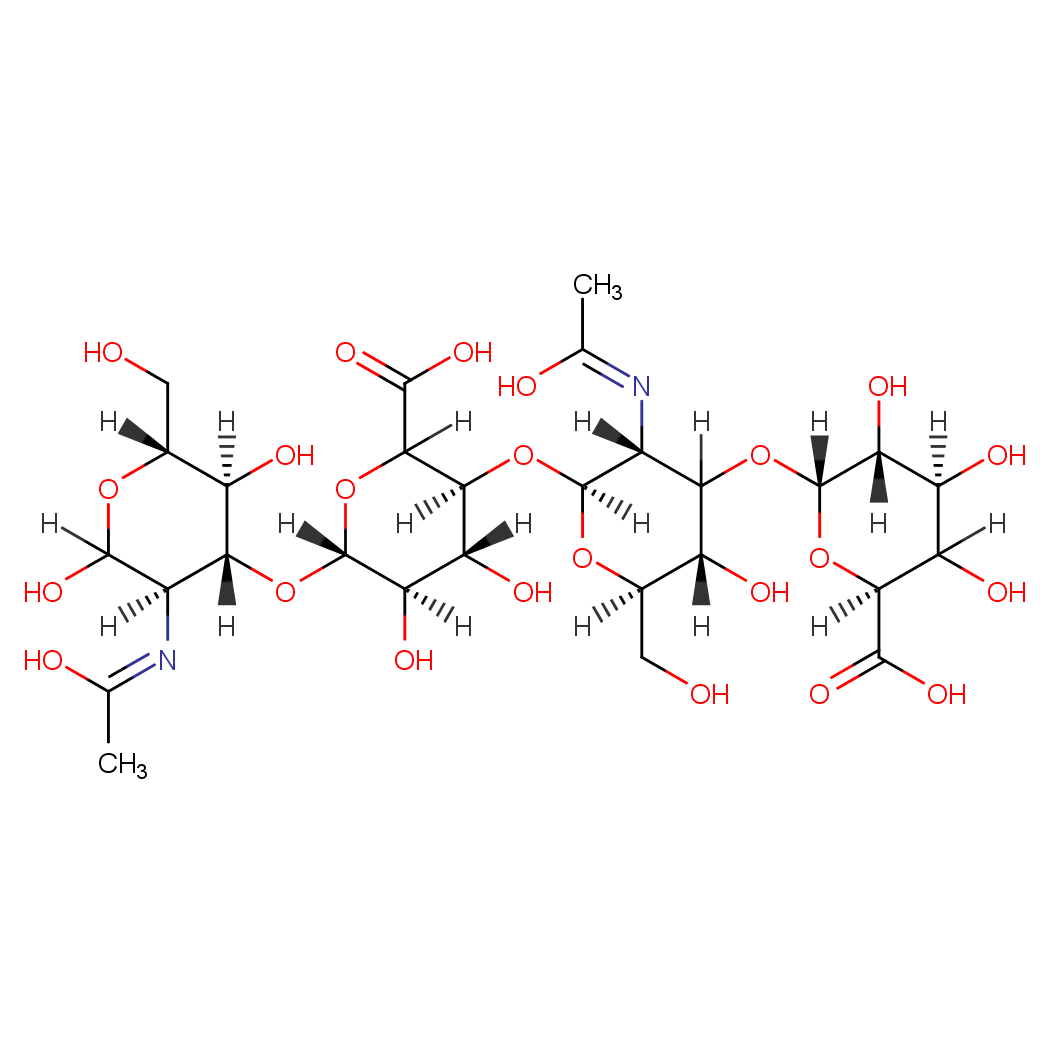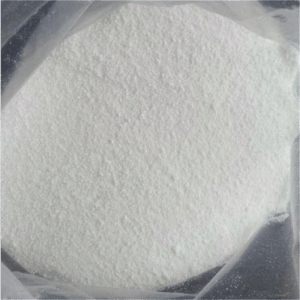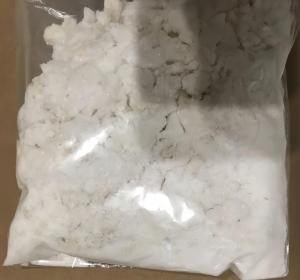Hyaluronic acid sodium salt (CAS 9004-61-9) is a compound that is widely used in the field of medicine and cosmetics. It is a polysaccharide composed of repeating units of glucuronic acid and N-acetylglucosamine. This compound is known for its ability to retain moisture, making it a popular ingredient in skincare products. Hyaluronic acid sodium salt is also used in various medical applications, such as joint injections for the treatment of osteoarthritis and as a filler for cosmetic procedures. Its unique properties make it an important component in the development of biomaterials and drug delivery systems. Overall, hyaluronic acid sodium salt plays a crucial role in the fields of medicine and cosmetics, offering a range of applications due to its moisturizing and therapeutic properties.
View more+
1. Names and Identifiers
2. Properties
3. Use and Manufacturing
4. MSDS
5. Synthesis Route

 EN
EN










